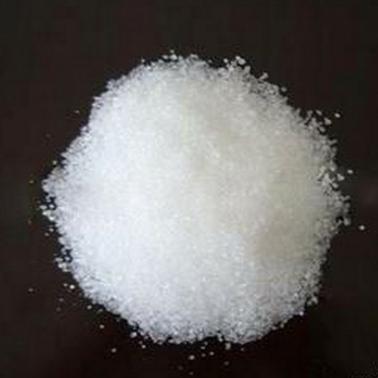
 PRODUCTS
PRODUCTS

| 86-755-82327106 86-755-82327107 86-755-82322950 |
|
| 86-755-82321302 | |
| agrochem@topsencn.com | |
| ray@topsencn.com | |
| Ms. Alice Zhang | |
| Mr. Ray Wang |

Introduction
Triclopyr is used for Control of woody plants and many broad-leaved weeds (e.g. nettles, docks, brambles, gorse, broom) in grassland, uncultivated land, industrial areas, coniferous forests, plantation crops, and rice fields.
|
  |
Chemical Name:
IUPAC: 3,5,6-trichloro-2-pyridyloxyacetic acid; 2-[(3,5,6-trichloro-2-pyridinyl)oxy]acetic acid
Formula: C7H4Cl3NO3
Molecular Weight: 256.46
CAS No.: 55335-06-3
Chemcial Family: Pyridinyloxyacetic acides
Structure:

Description:
Appearance: fluffy colorless solid.
S.g./Density: 1.85 (21°C)
Melting Point: 148-150°C.
Boiling point: Decomposes at 208°C.
Vapour Pressure: 0.2mPa (25°C)
Solubility: In water 0.408
Stability: Stable under normal storage conditions and to hydrolysis, but subject to photodecomposition
Specification: 98%TC
Biochemistry Synthetic auxin (acting like indolylacetic acid). Mode of action Selective systemic herbicide, rapidly absorbed by the foliage and roots, with translocation throughout the plant, accumulating in meristematic tissue. Induces auxin-type responses in susceptible species (mainly broad-leaved weeds, grass weeds being unaffected at normal application rates).
Uses: Control of woody plants and many broad-leaved weeds (e.g. nettles, docks, brambles, gorse, broom) in grassland, uncultivated land, industrial areas, coniferous forests, plantation crops, and rice fields. In plantation crops (oil palm, rubber) at 125-250 g a.e./ha for covercrop maintenance, and at 0.72-1.0 kg a.e./ha to control Eupatorium odoratum and other problem plants; in pastures at 1-2 kg/ha to control annual and perennial herbaceous weeds, and at 2-4 kg/ha against Rubus spp. and other woody plants; in forestry at 4-8 kg/ha for site preparation, and at 1.5-2.0 kg/ha for conifer release; for industrial sites at 2-8 kg/ha; in rangeland at 0.24-1.0 kg/ha. Phytotoxicity Clovers are sensitive, as also are larch, lodgepole pine, ornamentals, and edible crops.